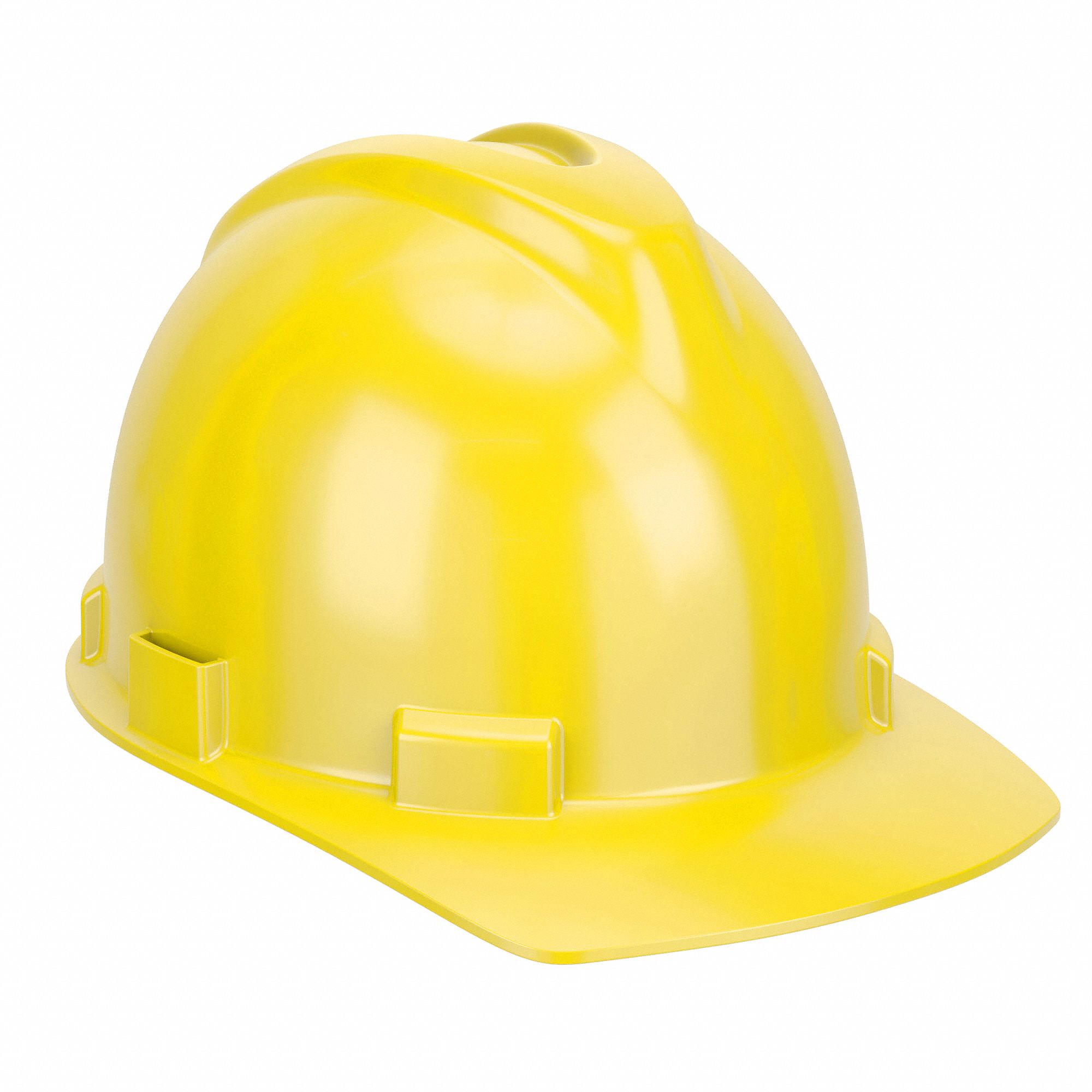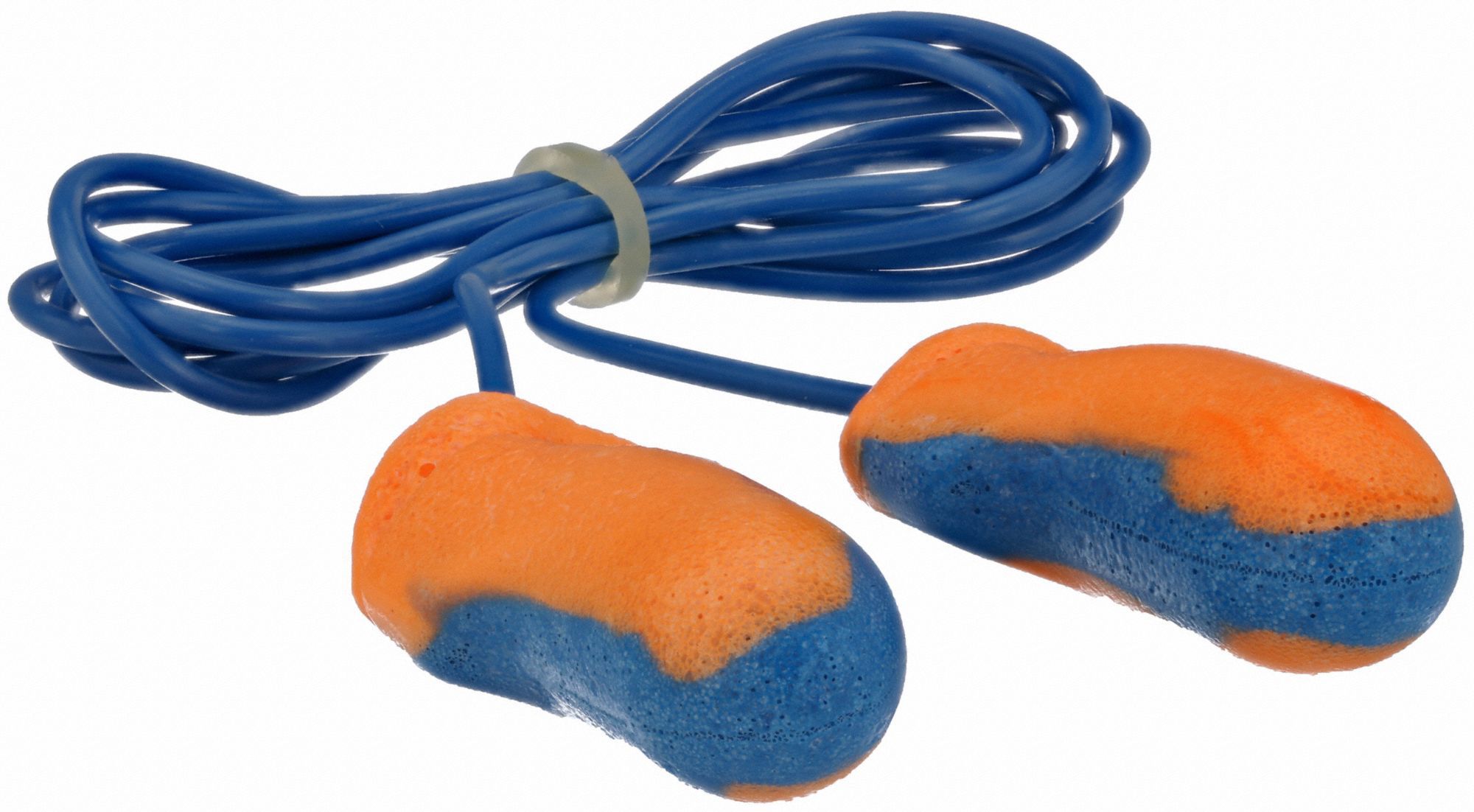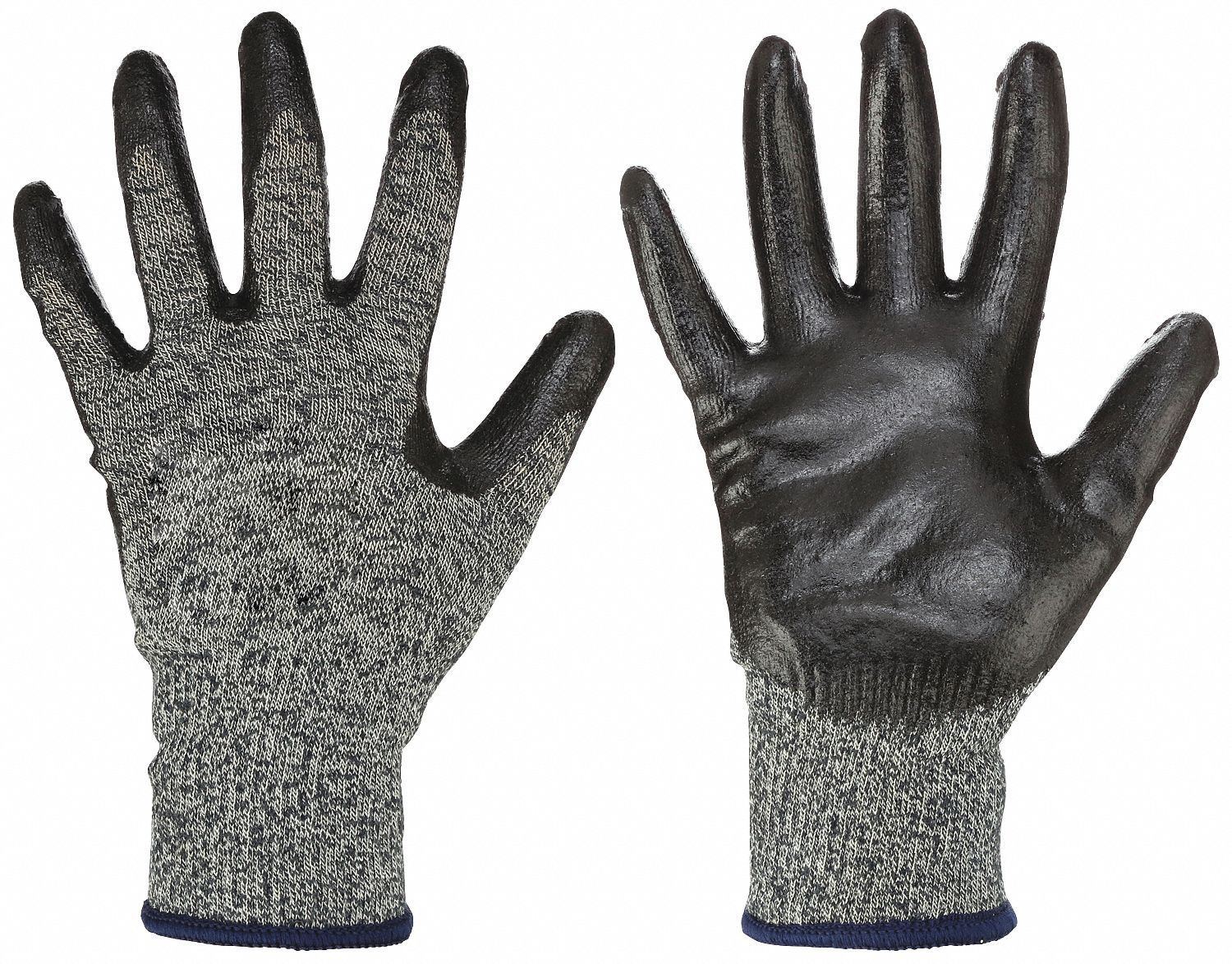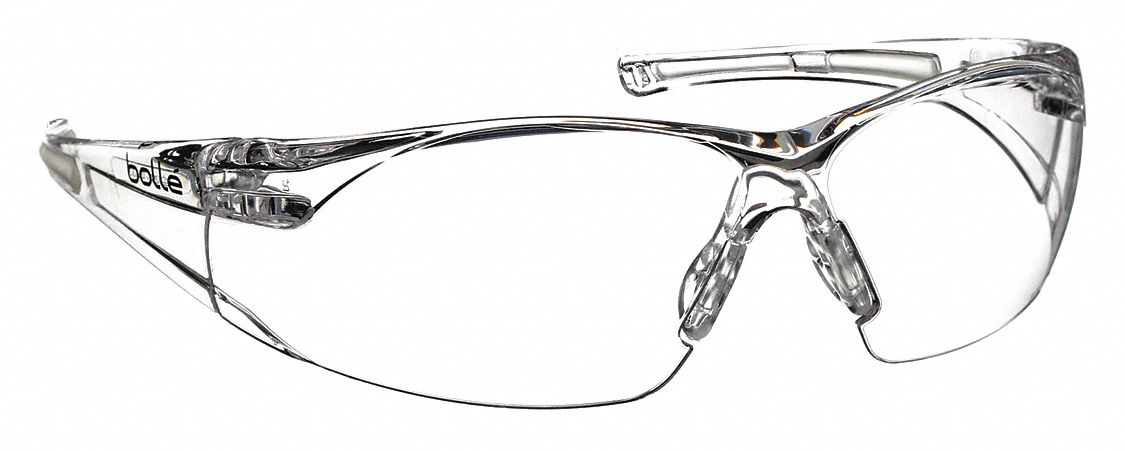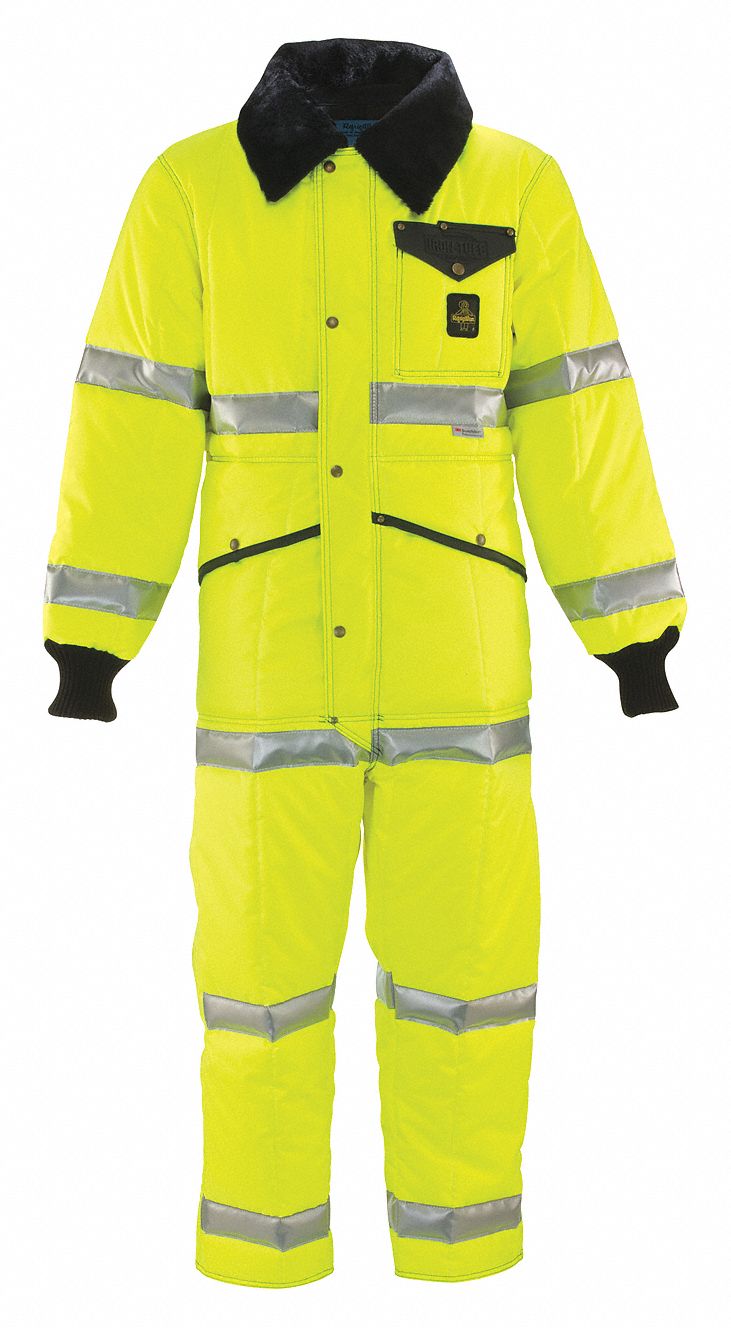

Are Your First-Aid Kits up to Date with ANSI Standards?
By Grainger Editorial Staff 10/18/22


You never want to use them, but you're always glad they're there. Having first-aid kits and supplies readily available supports a swift response to urgent incidents and can help keep bad situations from becoming worse. It's also an OSHA requirement. Under standard 1910.151, businesses need to make adequate first-aid supplies available.
But what does "adequate" mean? OSHA doesn't spell this out in the first-aid standard. Instead, in the appendix to the standard, the agency suggests referring to ANSI/ISEA Z308.1 a standard developed by the American National Standards Institute (ANSI) and the International Safety Equipment Association (ISEA), which outlines the minimum supplies that should be included in workplace first-aid kits.
ANSI/ISEA Z308.1-2021 is the latest revision to this standard, and it became effective Oct. 15, 2022. Here are some key changes:
- All kits must now include foil blankets. These thin silver blankets, familiar to emergency responders, survivalists and marathon runners, are waterproof and windproof and can help warm people who are experiencing hypothermia or shock brought on by blood loss.
- Tourniquets must meet a more stringent definition. They must be at least 1.5 inches wide, sized to work for limbs that are from 7 to 33 inches around, and they must tighten by ratcheting or with a windlass. Band-type stretch tourniquets, familiar to anyone who has had blood drawn in a medical lab, aren't effective at stopping blood flow.
The standard also offers new guidance on how to decide whether Class A or Class B kits are appropriate for your workplace. Class A first-aid kits are intended to treat the most common injuries, while Class B kits have a wider range and larger stock of supplies, making them suitable for more complex or high-risk environments like warehouses and factories. The decision between Class A and Class B should be based on a recent, thorough workplace hazard assessment. Supply amounts listed for both types of kits are minimums to be in compliance with the standard. You can add more if the hazard assessment indicates the possibility of injuries requiring other supplies.
According the revised standard, the guiding questions to ask when augmenting first-aid supplies are:
- What are the hazards in this workplace?
- What kind of injuries have these hazards caused, and what kind of injuries could they cause?
- What first-aid supplies would those injuries require?
In light of the update to ANSI Z308.1, Professional Safety recommends that occupational safety and health managers should review their first-aid kits to confirm that they have the ANSI/ISEA-suggested supplies and that those supplies meet established performance requirements. See the full list of suggested contents for Class A and Class B first-aid kits and learn more about the ANSI/ISEA Z308.1 update.
The information contained in this article is intended for general information purposes only and is based on information available as of the initial date of publication. No representation is made that the information or references are complete or remain current. This article is not a substitute for review of current applicable government regulations, industry standards, or other standards specific to your business and/or activities and should not be construed as legal advice or opinion. Readers with specific questions should refer to the applicable standards or consult with an attorney.

